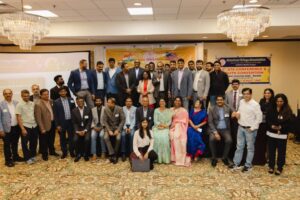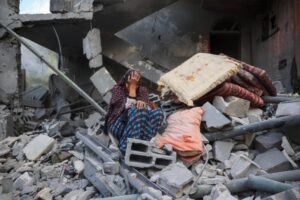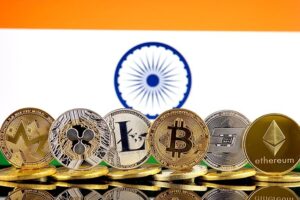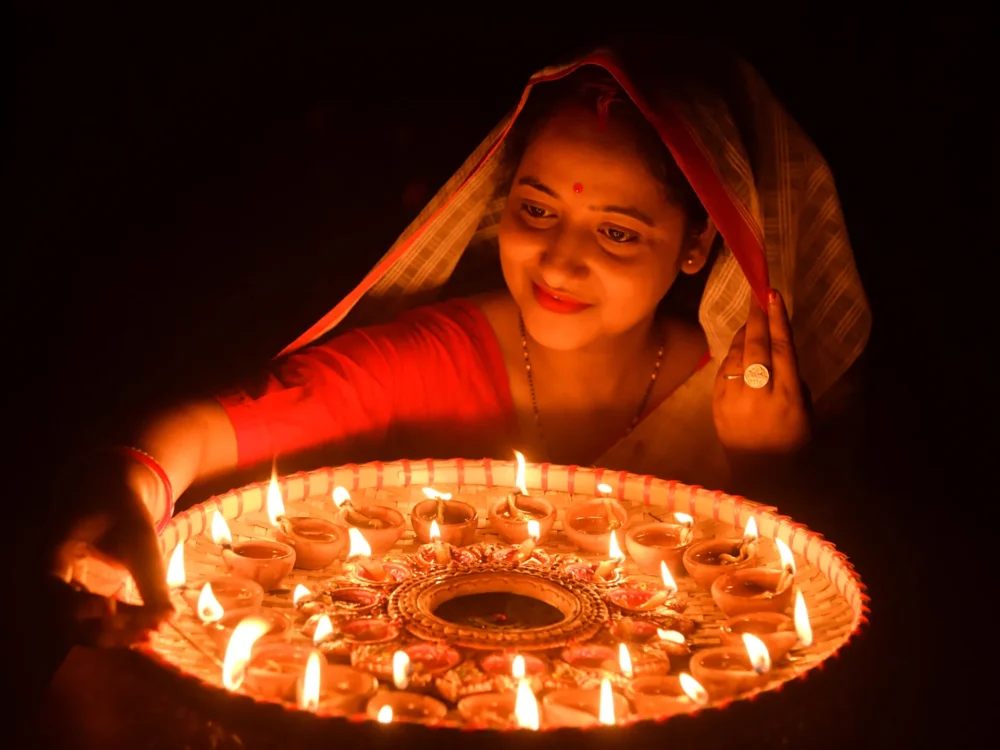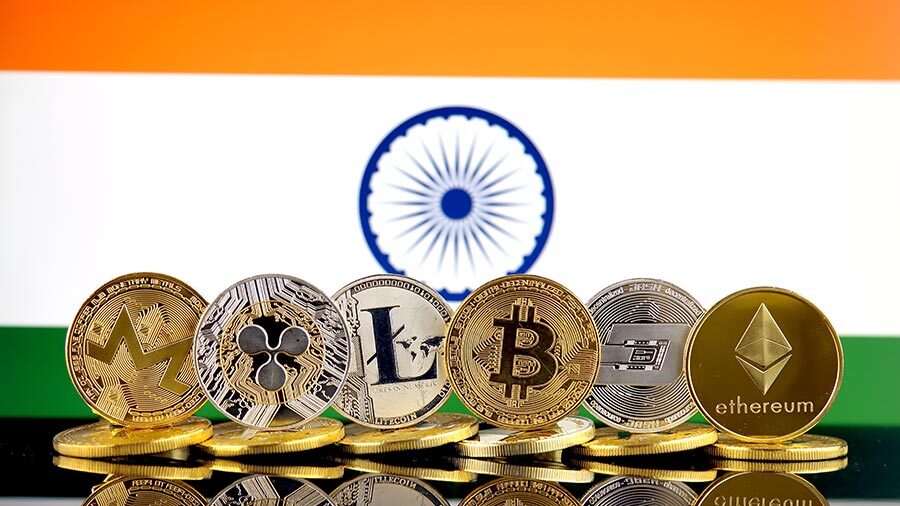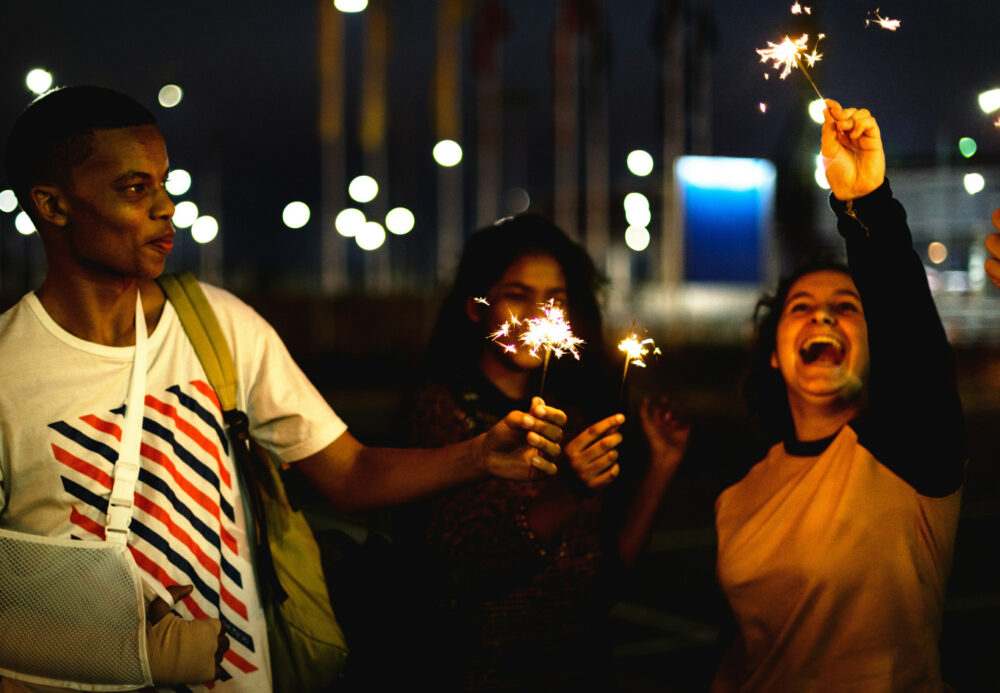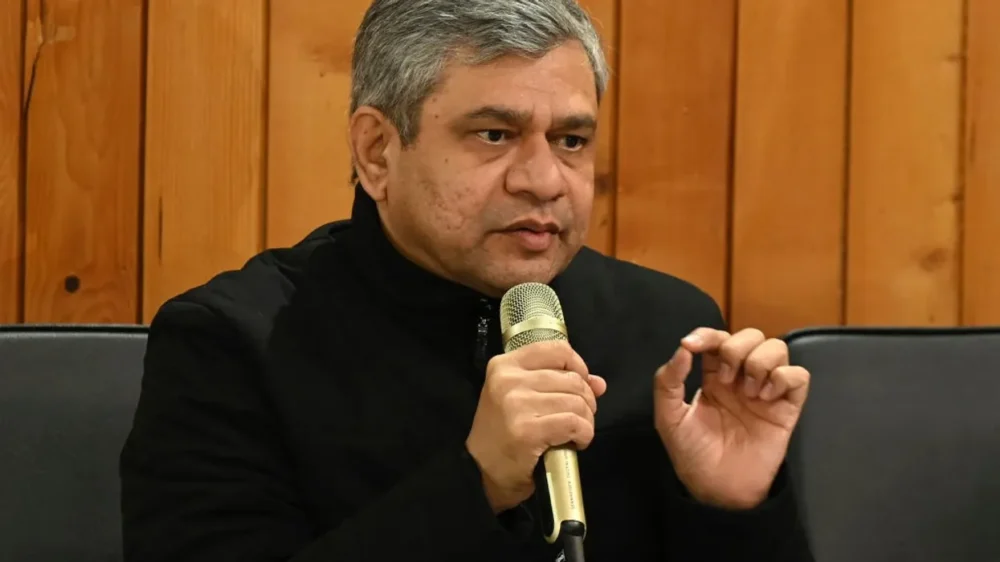Diwali, India’s iconic festival of lights, is being celebrated by millions across the country. Observed primarily by Hindus, as well as Sikhs and Jains, the festival symbolizes the victory of light over darkness and good over evil. Homes, streets, and temples glow with oil lamps, lanterns, and fireworks, creating a spectacular display of lights.
This year, authorities in Delhi have allowed the use of “green crackers” to help reduce air pollution, lifting a ban that had been in place since 2020. These eco-friendly firecrackers claim to produce 20–30% less pollution, though critics remain skeptical about their effectiveness. In many northern states, where winter already worsens air quality, the festival continues to challenge environmental limits.
Beyond fireworks, food and family traditions play a central role in Diwali. Households prepare an array of traditional sweets, rich curries, snacks, and special breads to share with loved ones. In the days leading up to the festival, people clean and decorate their homes, buy new clothes, exchange sweets, and create colorful rangoli designs at entrances to invite luck and positivity. On Diwali day, families worship Lakshmi, the goddess of wealth, seeking blessings for prosperity.
Diwali transcends religious boundaries, drawing participants from diverse communities. Markets in cities and towns buzz with shoppers purchasing sweets, decorations, gifts, and lanterns, providing a significant boost to the local economy. Celebrations unite communities as people gather to light lamps, burst fireworks, and revel in the joy of the season.

